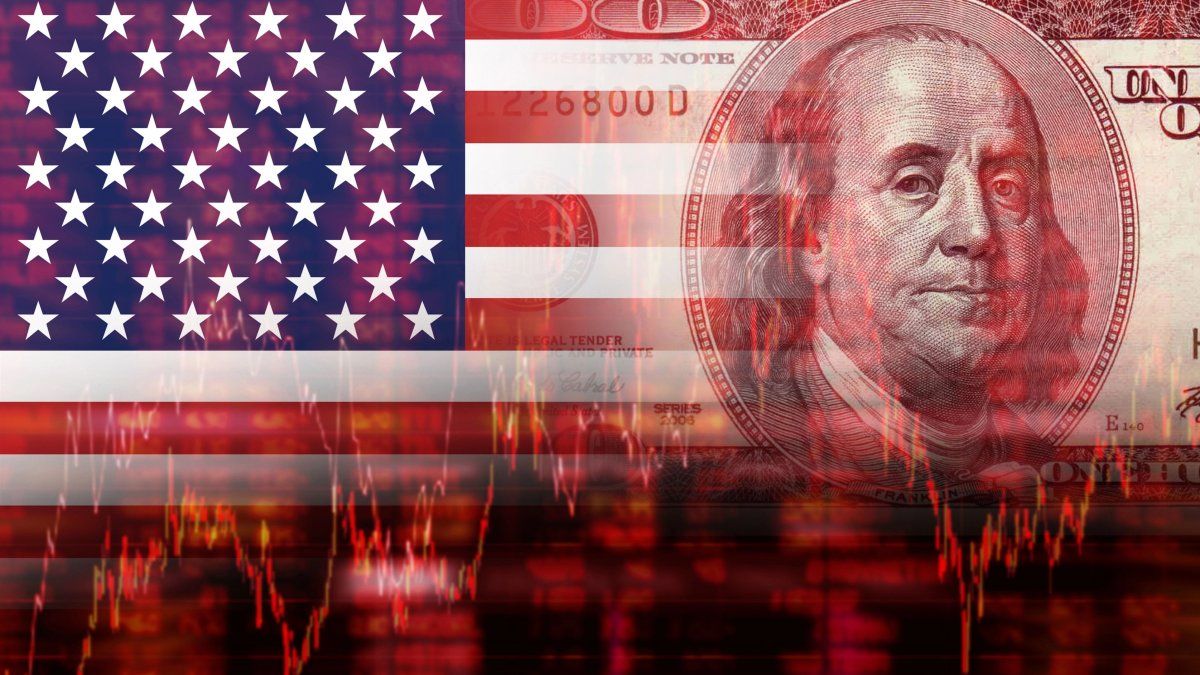The New York Stock Exchange closed mixed on Monday, despite a rally in consumer stocks driven by teslaahead of key results from the chipmaker Nvidiaas well as comments from a number of Federal Reserve officials.
The index Dow Jones Industrials fell 0.13% to 43,389.60 points; the S&P500 gained 0.39% to 5,893.62 points and the Nasdaq Composite It appreciated 0.60% to 18,791.81 points.
Starting the week with a bankruptcy
The three main benchmark indices retreated last week, from the recent highs seen, following the electoral victory of donald trumpafter the head of the Federal Reserve, Jerome Powell warned that the US central bank was in “no rush” to cut interest rates further.
For its part on Monday Spirit Airlines (-20%) was in the spotlight, after the low-cost airline filed for bankruptcy protection following years of mounting losses, declaring that it has reached a prearranged agreement with its bondholders to help it emerge from bankruptcy. , which he hopes to release in the first quarter of next year.
What happened to other stocks on Wall Street?
The actions of tesla surged more than 5% following Bloomberg reports that the incoming Trump administration will establish a federal framework for fully autonomous vehicles and make it a top priority for the Department of Transportation.
Roku Inc. rose 5% after Baird Financial Services Chain upgraded the streaming device market’s rating to “outperforming” from “neutral” amid optimism that the company’s pullback in shares presents a buying opportunity in the long term.
Nvidia pared some losses, but continued to trade below the flat line more than 1%, after it was reported that the chipmaker’s new Blackwell AI chips are experiencing overheating issues. The data comes just days before Nvidia’s third-quarter results after the close on Wednesday. The results could well be an indicator of investor appetite for tech stocks, AI trading and desire for stocks in general, after the post-election market rally stalled.
The chips of Nvidia They are considered the gold standard in the AI space and their shares are up around 200% this year, surpassing Apple to become the world’s largest company by market capitalization.
Results are also expected this week from companies such as Walmart (-0.4%) and Lowe’s (+0.6) that will provide new insights into the strength of consumer spending. So far, 93% of S&P 500 companies have reported their results and three quarters of them have delivered a positive surprise in their EPS (earnings a company earns for each share of its capital and 61% have reported a staggering positive regarding its income inflow, according to data from Factset Research Systems.
PMI data in the spotlight
The US economic calendar will be calmer in the week ahead, and the main focus is the data from the PMI of the manufacturing and services sector that will be known on Friday.
Before being aware of the data of the PMI (Project Management Institute), the National Association of Home Builders reported that its housing market index for November rose to a reading of 46 from 43 last month.
This could give early clues about how companies are reacting to the threat of trade tariffs proposed by Donald Trumpa fact that the markets will follow closely from now on.
Investors will also have the opportunity to hear from several Federal Reserve officials throughout the week, including Kansas Fed President Jeffrey Schmid and Cleveland Fed President Beth Hammack.
How long will the current bull market last?
Analysts at Oppenheimer Holdings Inc. said in a note Monday that the current bull market is likely to extend into 2025, with a peak reaching “at least within 6 to 12 months.”
In its latest research note, the firm argues that while signs of market fatigue are emerging, leadership in high-momentum stocks should continue to spur gains in the coming months.
“Our work shows that we must continue buying leadership and lagging stocks should be sold during the later stages of a bull cycle,” Oppenheimer wrote.
They emphasized that this stage of the market cycle often rewards high-momentum stocks, even when the broader market shows signs of strain.
Oppenheimer introduced the concept of momentum “The best possible”, which they describe as the point at which market breadth reaches its greatest extent, and even underperforming stocks enjoy temporary gains.
“Generally speaking, the ‘Best Possible’ moment is when internal breadth is widest and poor selection has been rewarded,” the note explained.
It is also important to note that they believe that this moment usually occurs between 6 and 12 months before the market reaches its final peak.
To evaluate market conditions, Oppenheimer highlighted his “Indicator of culprits in the sector”which tracks the performance of the weakest sector of the S&P 500.
Currently, the indicator is said to reflect a 12% year-on-year gain in the energy sectorwhich shows that the market is not close to a peak yet.
“A sector culprit (-20% YoY) is one of our market peak signals,” they stated, hinting that more gains are likely before the bull market concludes.
For investors, Oppenheimer recommends focusing on high-momentum stocks in the coming months. “High momentum stocks should continue to outperform low momentum stocks regardless,” they emphasized, while cautioning against investing in low momentum stocks as the market moves toward its final peak.
Source: Ambito
I am a 24-year-old writer and journalist who has been working in the news industry for the past two years. I write primarily about market news, so if you’re looking for insights into what’s going on in the stock market or economic indicators, you’ve come to the right place. I also dabble in writing articles on lifestyle trends and pop culture news.




